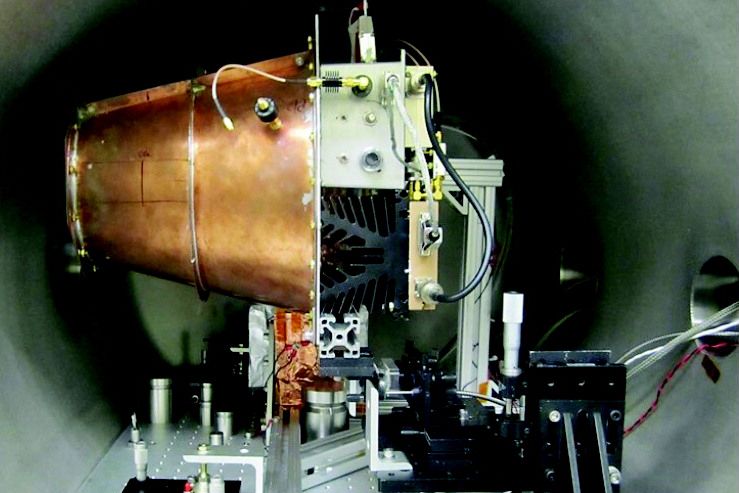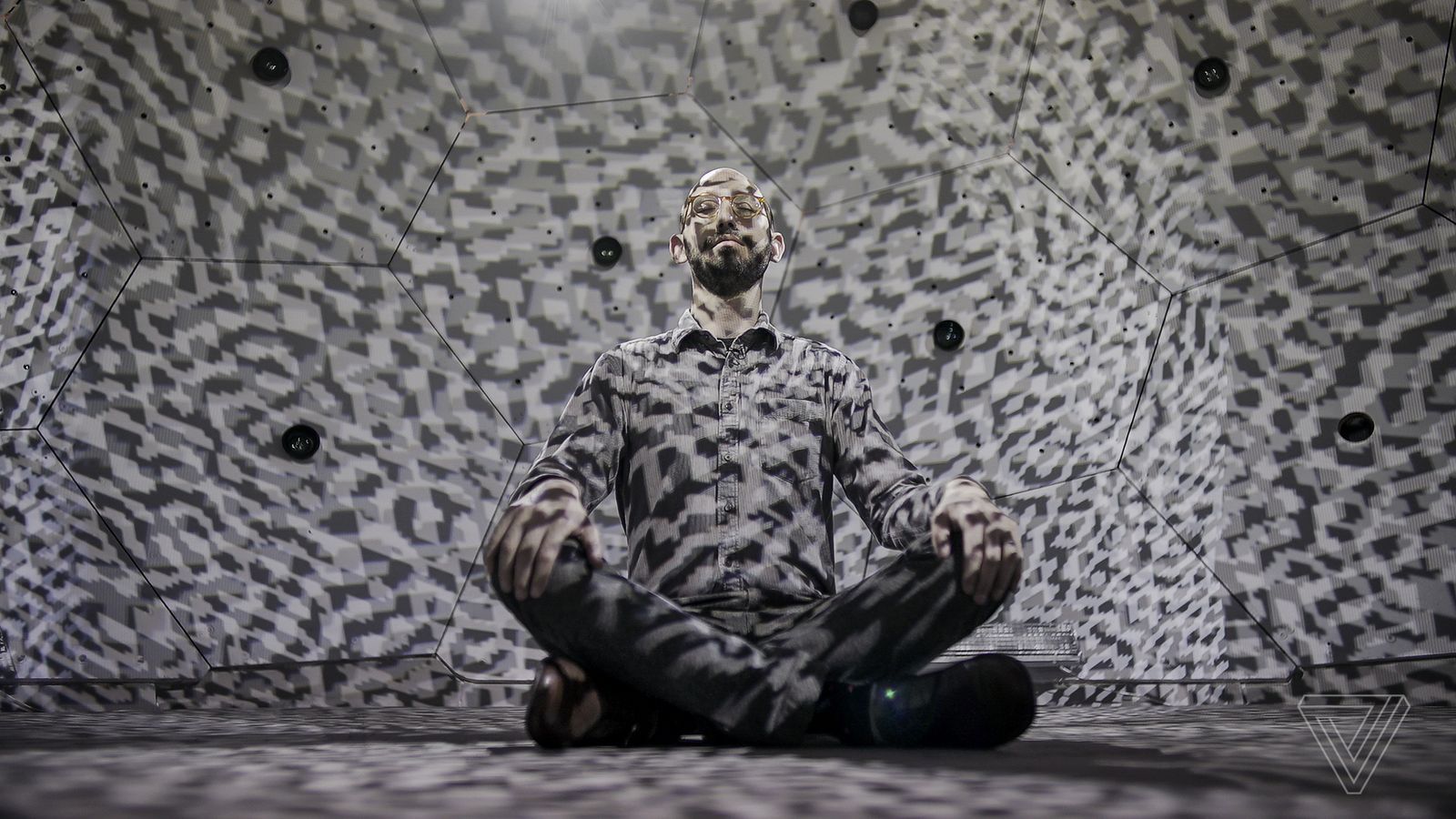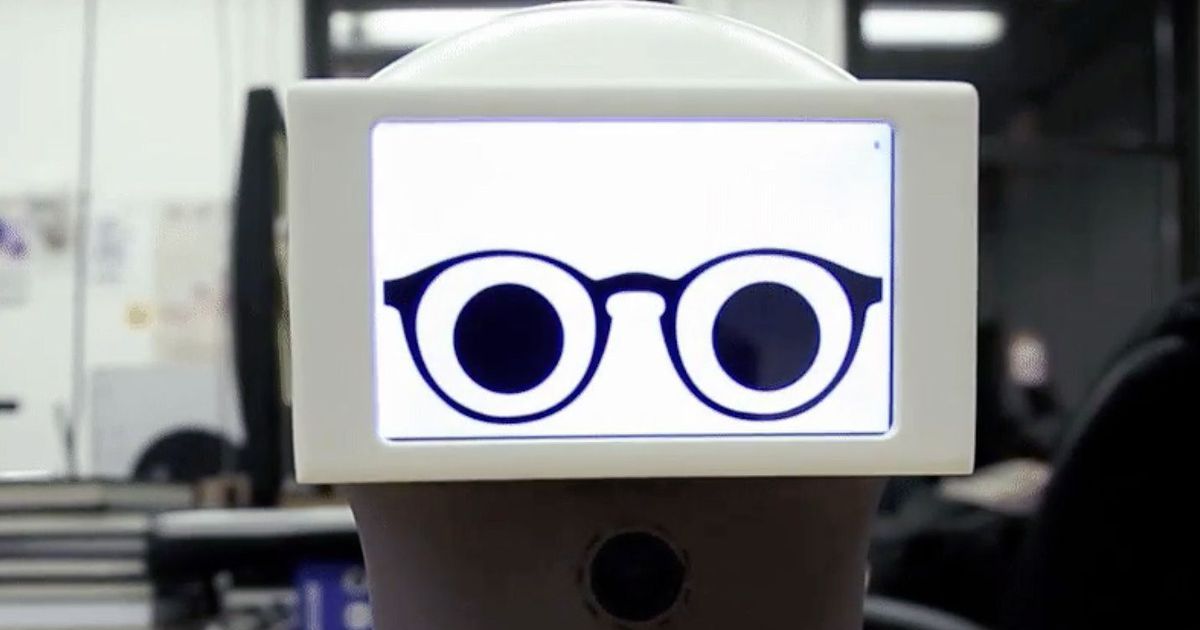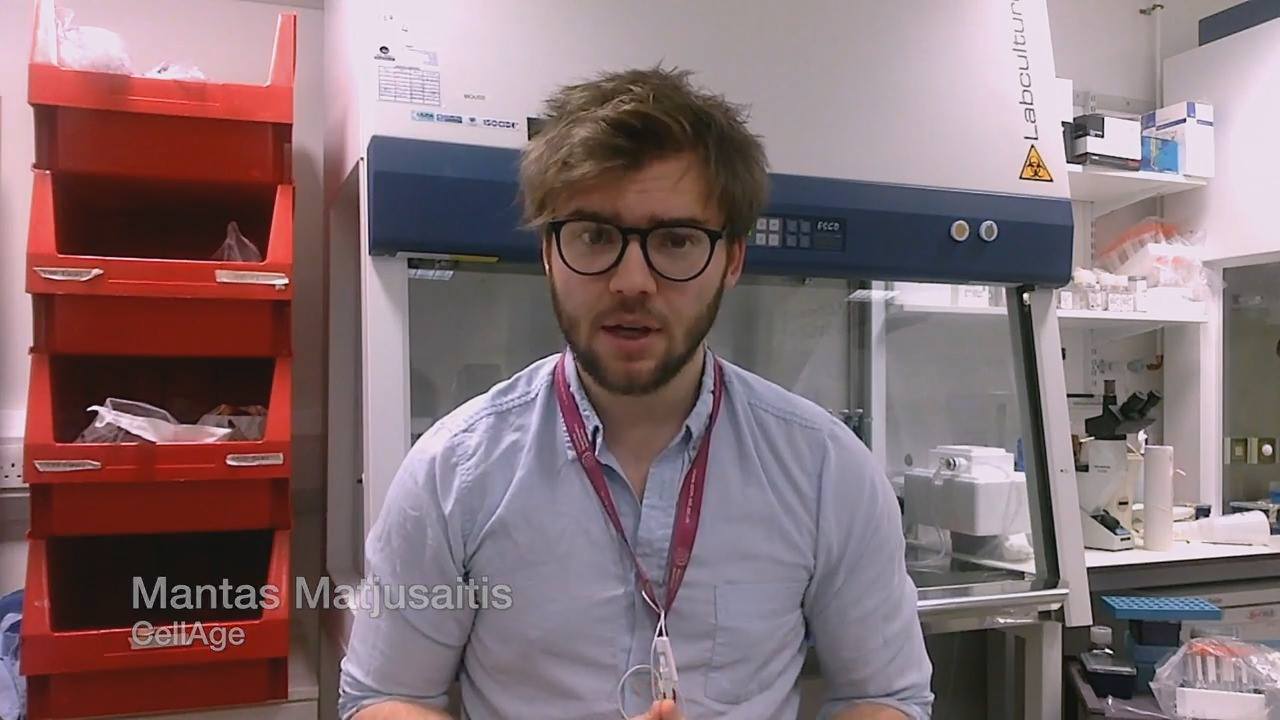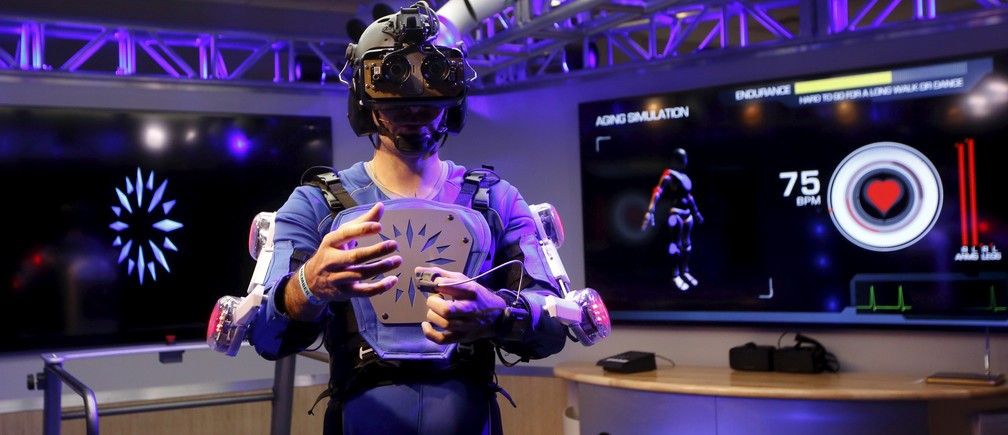Dec 7, 2016
To Mars in 70 days: Expert discusses NASA’s study of paradoxical EM propulsion drive
Posted by Andreas Matt in categories: physics, space travel
After months of speculation and rumor, NASA has finally released its long-awaited research paper on the controversial EM Drive propulsion system. The paper was recently published in the American Institute of Aeronautics and Astronautics’ peer-reviewed Journal of Propulsion and Power. If the electromagnetic technology proves sound, it could radically change the way humans travel in space, opening up the possibility of journeys to Mars in just 70 days. But there is no shortage of skeptics who are adamant that the drive is more science fiction than science fact. Critics are quick to point out that the drive violates one of the fundamental laws of physics, namely: for every action, there is an equal and opposite reaction. With the science world abuzz in light of the recent developments, UConn Today called on engineering professor Brice Cassenti, an expert in advanced propulsion systems, to help us understand what’s happening.
Q. What is the EM Drive propulsion system and what makes it so unique?
A. An EM Drive uses electromagnetic waves (e.g., radar) to produce thrust, which is obviously something that is needed for a rocket engine. The drive consists of a truncated conical copper shell with a plastic (polyethylene) disc covering the narrow end of the truncated cone. An electromagnetic wave is induced inside the copper shell in the same manner as a microwave oven. The propulsion system is unique because the device uses no traditional fuels or propellants. Instead, in the simplest of terms, the electromagnetic waves bounce around inside the cone in a way that some say causes propulsion. In the NASA tests, a thrust of 1.2 millinewtons per kilowatt was reported for an EM Drive activated in a vacuum, which is a very, very small – but noticeable – movement. By not relying on traditional fuels, the EM Drive would make spacecrafts lighter, and eliminate the need for massive amounts of fuel currently required to launch a spacecraft to far-off destinations.
